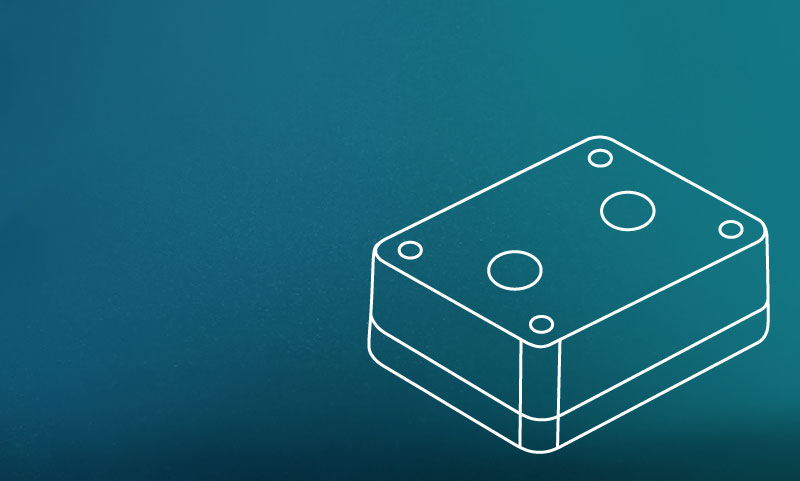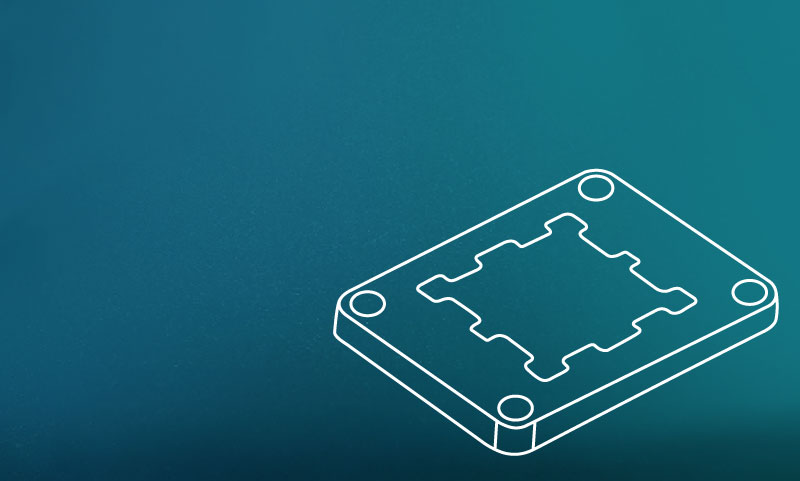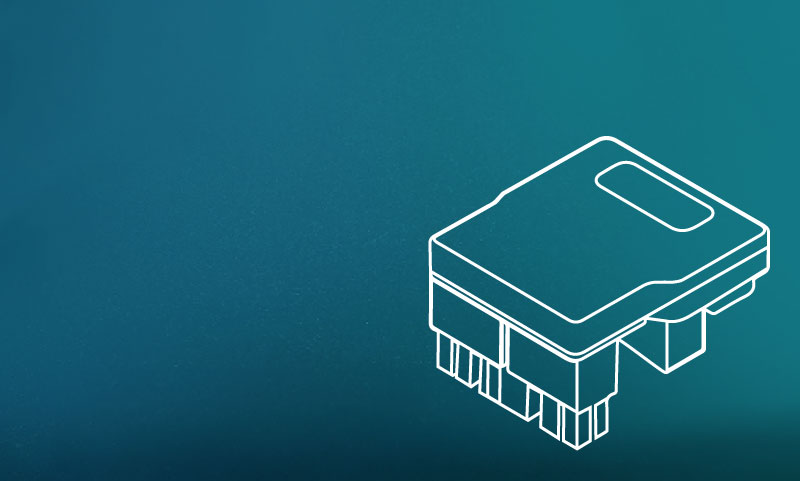Minus Pad extreme 2
Thermal Grizzly introduces the successor to the minus pad extreme: Minus Pad extreme 2. Moving forward, Minus Pad extreme 2 will lead the TG thermal pad portfolio in terms of thermal conductivity. The most significant difference compared to the minus pad extreme is a new material composition. This results in an optimized price-performance ratio while maintaining the outstanding thermal conductivity at a level comparable to that of the minus pad extreme.
Key Features:
• Outstanding thermal conductivity
• Designed for high-performance applications
• No curing
• Electrically non-conductive
Minus Pad extreme 2 consists of aluminum oxide, aluminum hydroxide, and aluminum powder. The different particle sizes of the materials allow even the smallest gaps in the carrier matrix to be filled with thermally conductive particles. This contributes to lower thermal interface resistance, as the surfaces (top and bottom) of Minus Pad extreme 2 contain more thermally conductive particles than its predecessor.
Another advantage of Minus Pad extreme 2 over the previous version is its softer consistency. This allows the thermal pad to better conform to the surfaces of the heat source and the heatsink. The compressibility of Minus Pad extreme 2 is comparable to that of minus pad extreme and Minus Pad Basic.
Minus Pad extreme 2 is available in sizes 120 × 20 mm and 100 × 100 mm, in thicknesses of 0.5 mm, 1 mm, 1.5 mm, 2 mm, and 3 mm.
Minus Pad extreme 2
Minus Pad High Compression
The Minus Pad High Compression thermal pads feature exceptionally high compressibility. This makes them particularly versatile in applications where a single pad needs to bridge varying height differences simultaneously. This is especially useful when modifying graphics cards with a GPU water block or when replacing thermal pads on GPU coolers, as a Minus Pad High Compression (HC Pad) can be used across different components such as VRAM, voltage regulators, and other contact surfaces.
In general, High Compression Pads are ideal in situations where the exact required thickness is unknown. In such cases, the thickness of the original pad is measured and replaced with a slightly thicker High Compression Pad. A key benefit is that the thermal conductivity of the pad is not only maintained under high compression — it can actually increase with greater contact pressure.
Minus Pad High Compression is available in the size 120 × 100 mm, with thickness options of 1 mm, 2 mm, 3 mm, 4 mm, and 5 mm.
Key Features:
• Extremely high compressibility
• Very good thermal conductivity – even when highly compressed
• Adapts to variations in component height
• Electrically non-conductive
• Versatile use
• Easy to handle
































